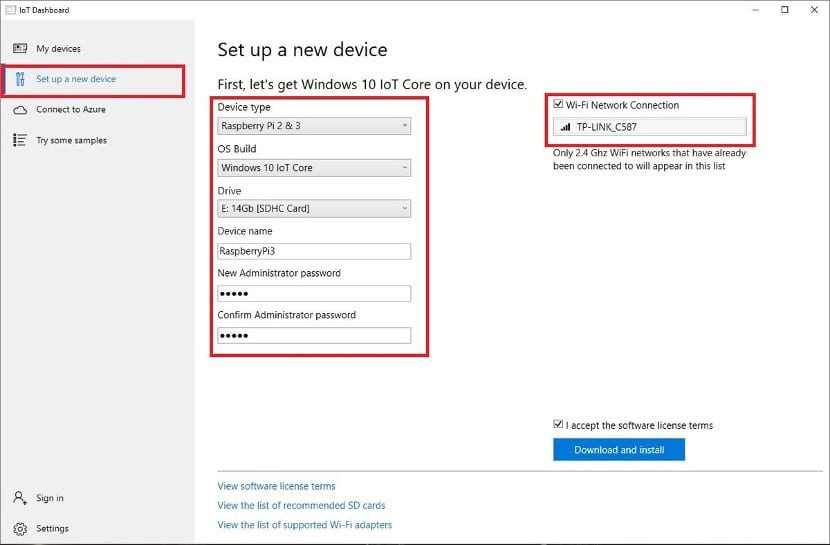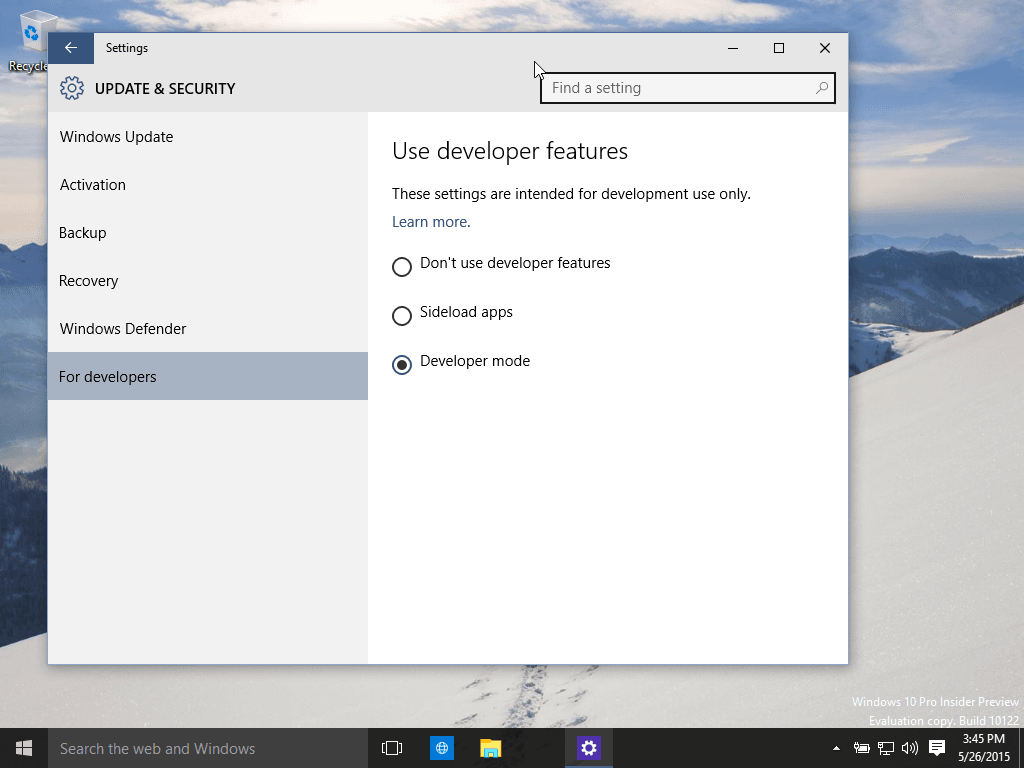

img file to SD Cardĭownload win32diskimager and extract to a folder. If you get an write error try opening the command prompt as an administrator. Wait a while – it will take some time to convert the image. Open a command prompt and run the ff2img tool from the command line: C:\RPi\Windows_IoT_Core_RPI2_BUILD>ffu2img.py Flash.ffuĦ441 blocks, 824448kb written - Delay expected. To run the ffu2img tool you must have Python installed – you can download it here (use the 2.7.x branch). Copy the downloaded ffu2img.py file into the extracted folder from step 1. Step 2 – Download FFU2IMGĭownload the ffu2img tool here (‘Save as’ in your browser) – this will help us convert the. The folder should include the following files: Flash.ffu, license.rtf, ReadMe.txt, WindowsDeveloperProgramForIoT.msi. Step 1 – Extract downloaded imageĮxtract the downloaded image Windows_IoT_Core_RPI2_BUILD file into a separate folder. This guide should work on Windows 7, Windows 8 and Windows 8.1. Since we do not believe that Windows 10 should be required on your personal computer to install in on your Raspberry Pi we have come up with a way to install it without using Windows 10. The image you downloaded is a special image you need Windows 10 to flash to a SD card. Next go to the directory and find the “Windows Embedded Pre-Release Programs” and go to downloads.Download the image called Windows 10 IoT Core Insider Preview Image for Raspberry Pi 2. To download Windows 10 IoT sign up for an account on.

Windows 10 IoT is available in a preview version that you can download and use for free as long as you sign the EULA agreement. If you don’t want to buy everything separate I encourage you to check out some of the starter kits like this Raspberry Pi 2 Complete Starter kit. The first raspberry pi model and the newer B+ model will not run Windows 10 IOT.

This blog post will explore running the newly released Windows 10 IoT on a Raspberry Pi 2.


 0 kommentar(er)
0 kommentar(er)
